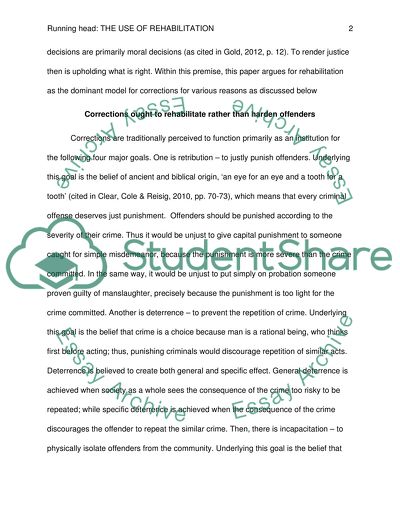Cite this document
(“The use of rehabilitation as the dominant model for corrections Term Paper”, n.d.)
Retrieved from https://studentshare.org/miscellaneous/1587657-the-use-of-rehabilitation-as-the-dominant-model-for-corrections
Retrieved from https://studentshare.org/miscellaneous/1587657-the-use-of-rehabilitation-as-the-dominant-model-for-corrections
(The Use of Rehabilitation As the Dominant Model for Corrections Term Paper)
https://studentshare.org/miscellaneous/1587657-the-use-of-rehabilitation-as-the-dominant-model-for-corrections.
https://studentshare.org/miscellaneous/1587657-the-use-of-rehabilitation-as-the-dominant-model-for-corrections.
“The Use of Rehabilitation As the Dominant Model for Corrections Term Paper”, n.d. https://studentshare.org/miscellaneous/1587657-the-use-of-rehabilitation-as-the-dominant-model-for-corrections.


